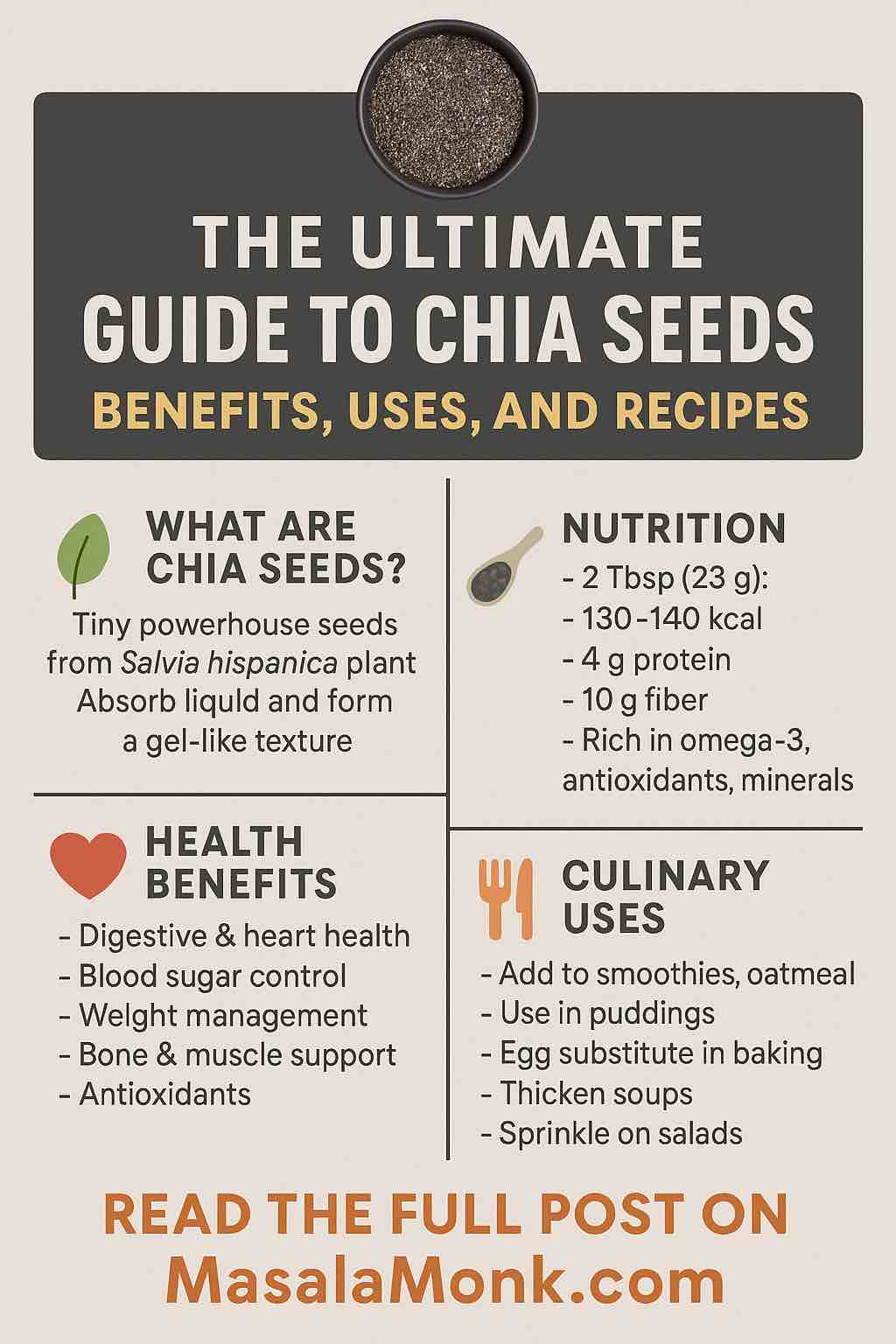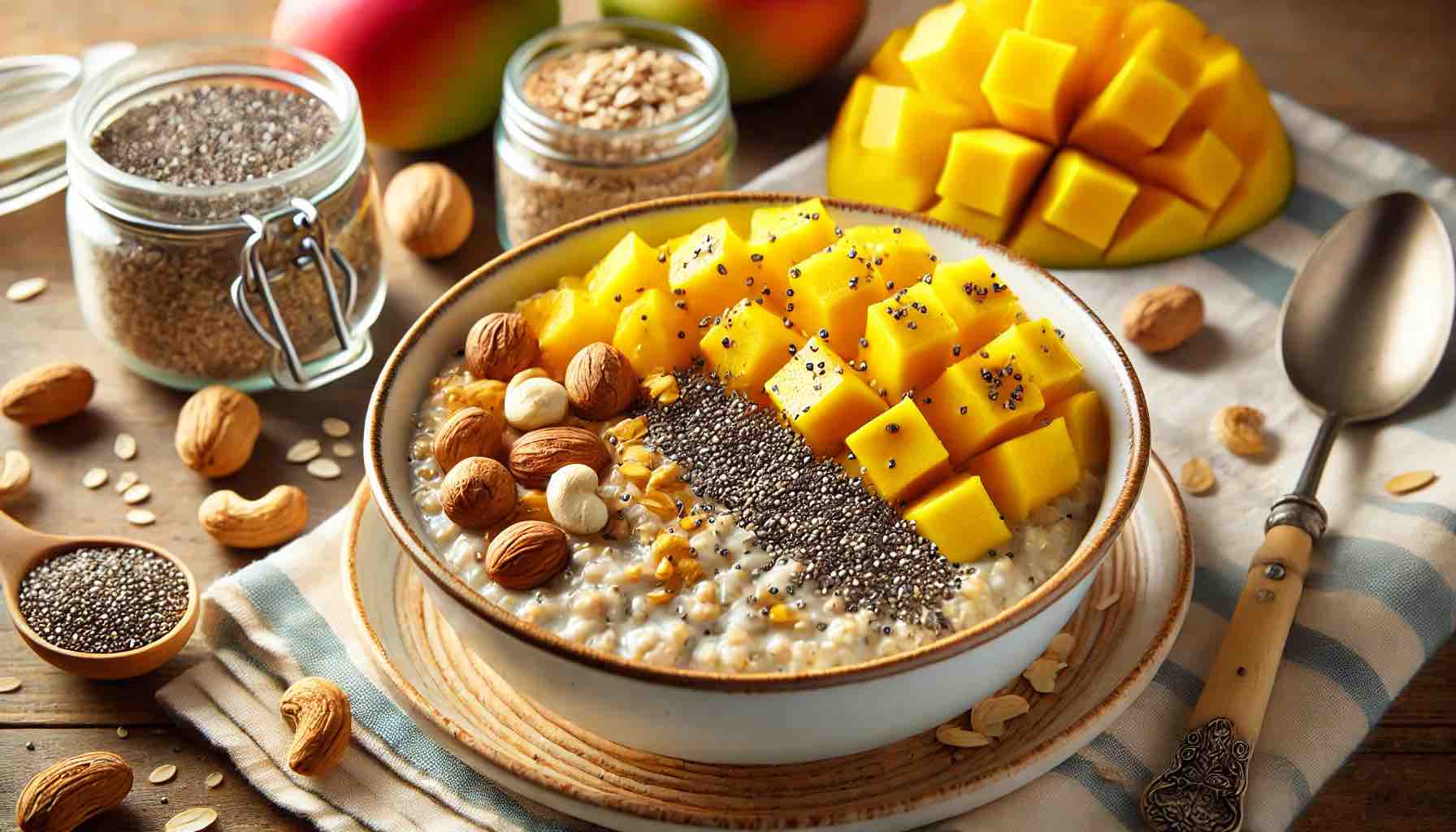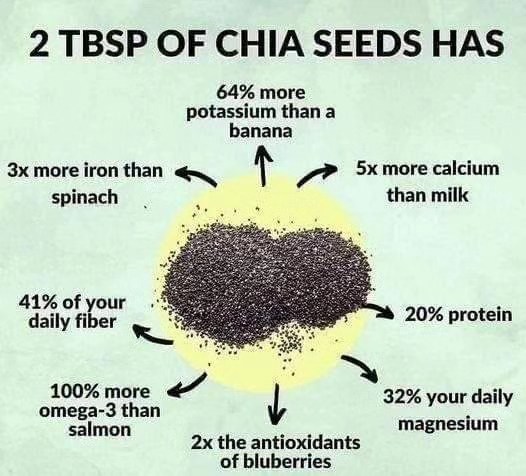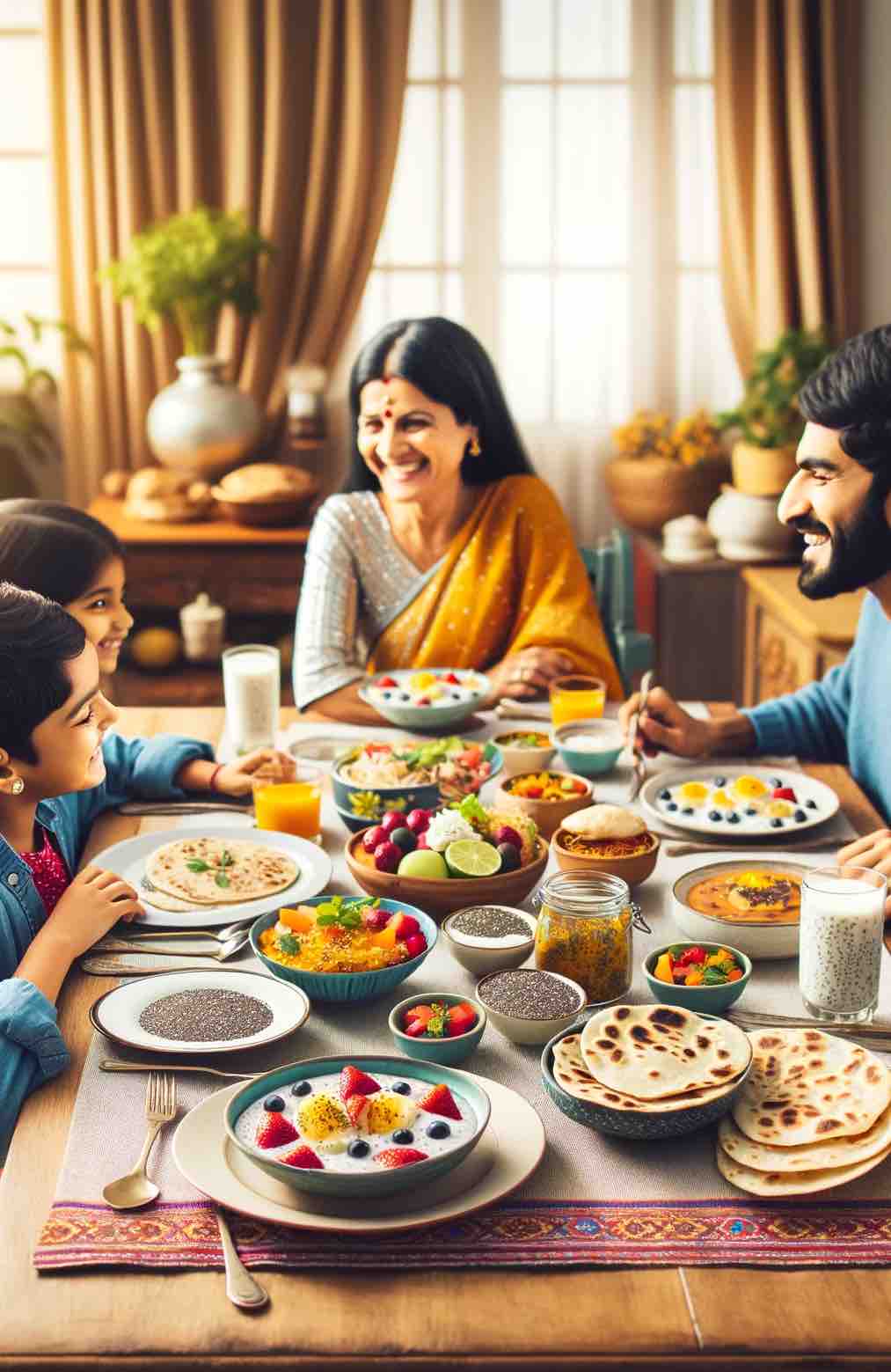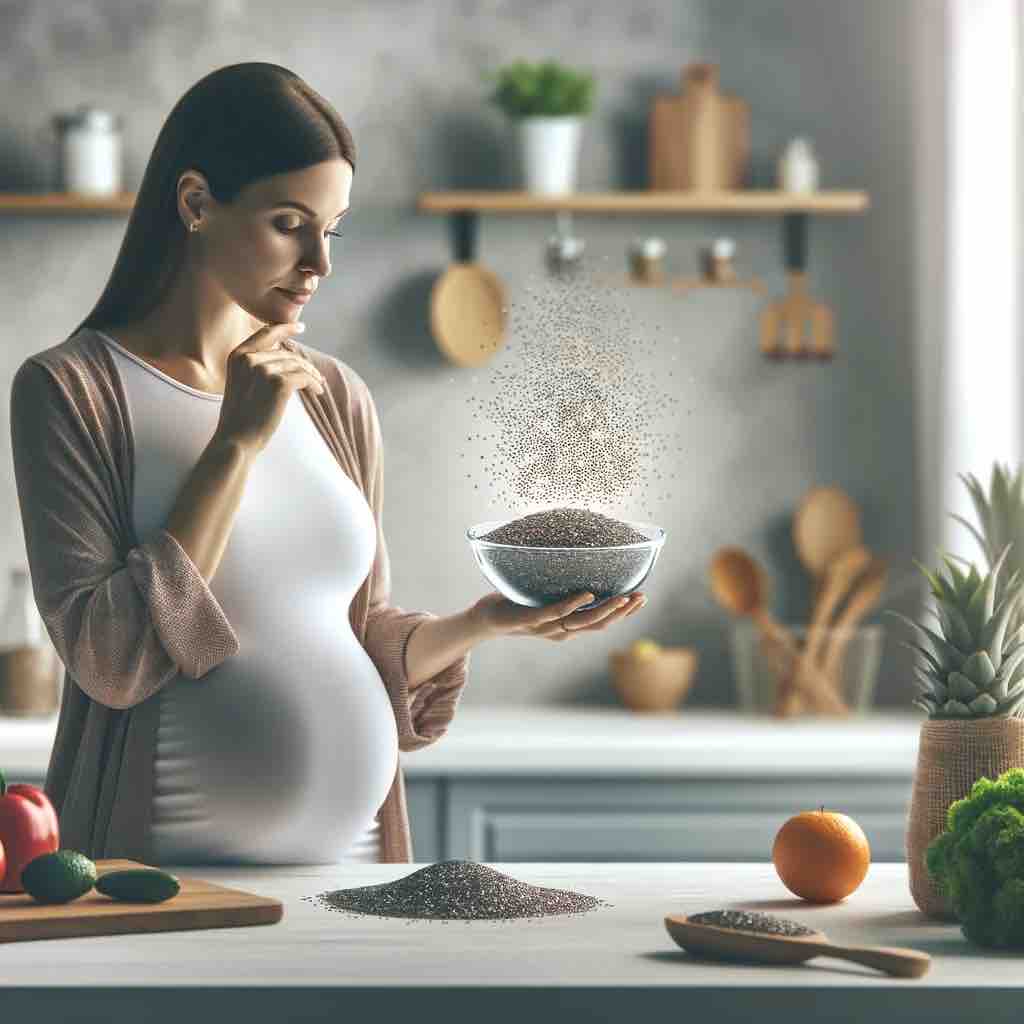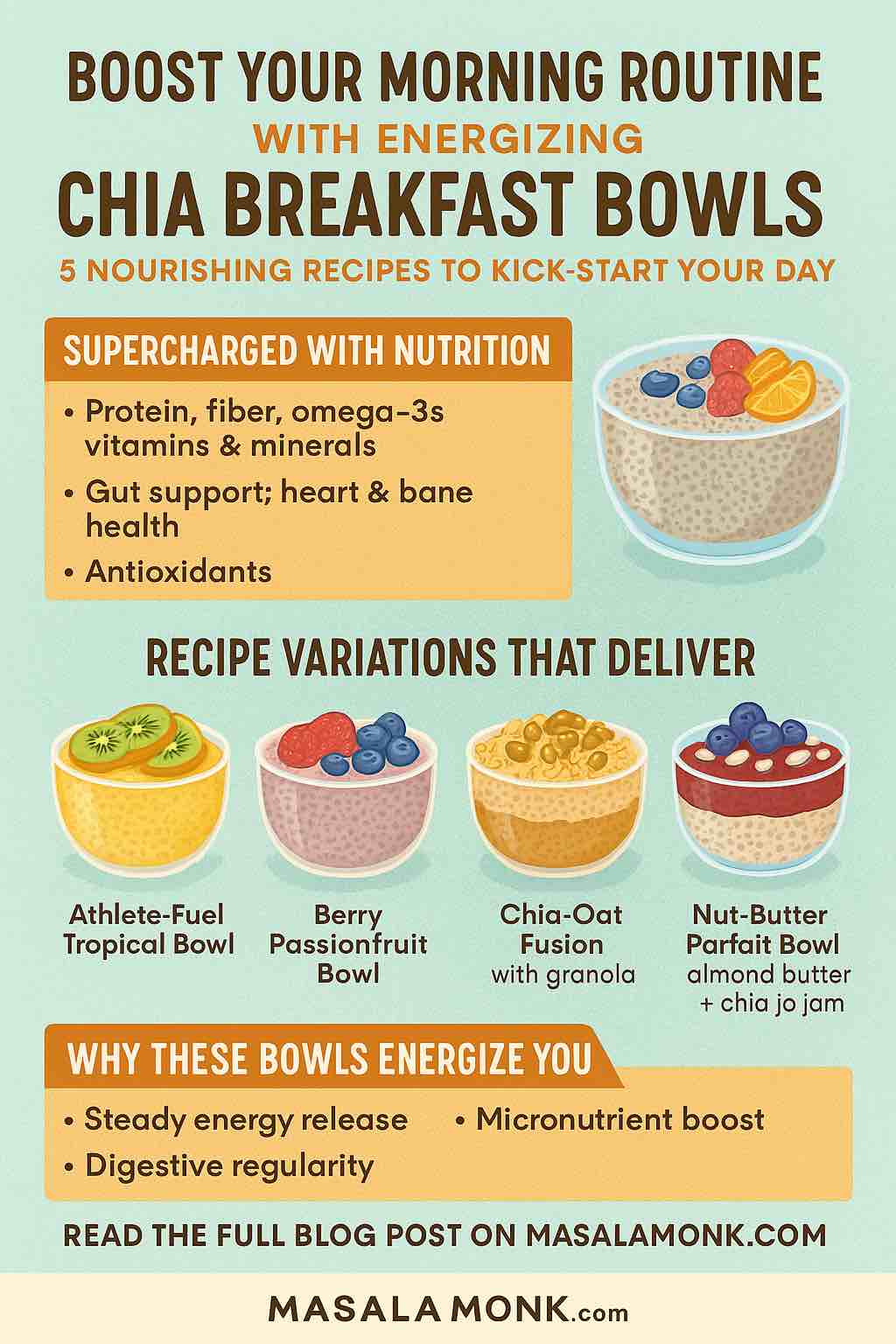
Looking for a morning routine upgrade that fuels your body, sharpens your mind, and delights your taste buds? Say hello to chia breakfast bowls—a powerful combination of convenience, nutrition, and endless flavor options. This blog post dives into the benefits of chia seeds, practical preparation tips, and five energizing recipes that will transform your mornings.
Why Chia Seeds Deserve a Spot in Your Breakfast
Chia seeds may be tiny, but they pack a punch when it comes to health benefits:
- Nutrient Dense: Just 2 tablespoons of chia seeds provide ~10g of fiber, 4.7g of protein, omega-3 fatty acids, and essential minerals like calcium, magnesium, and iron.
- Sustained Energy: The blend of protein, healthy fats, and complex carbohydrates helps maintain energy levels and avoid mid-morning crashes.
- Gut-Friendly: High fiber content supports digestive health and regularity.
- No-Cook Convenience: Mix, soak, top, and go. No stove required.
Whether you’re a busy professional, a fitness enthusiast, or someone exploring plant-based nutrition, chia breakfast bowls offer a customizable and satisfying start to your day.
How to Prepare the Perfect Chia Bowl
Step 1: Soak Your Chia
Mix 3 tablespoons of chia seeds with 1 cup of your favorite milk (plant-based or dairy). Let it soak for at least 2 hours, or preferably overnight in the refrigerator.
Step 2: Choose a Base
- Creamy: Add Greek yogurt or plant-based yogurt for extra protein and creaminess.
- Oaty: Mix in overnight oats for a more substantial bowl.
- Fruity: Blend in mashed banana, mango puree, or applesauce.
Step 3: Add Your Toppings
Aim for a mix of textures and nutrients:
- Fruits: Berries, sliced banana, kiwi, or citrus segments
- Crunch: Toasted nuts, granola, pumpkin seeds
- Superfoods: Coconut flakes, cacao nibs, hemp hearts, bee pollen
- Sweeteners (optional): Honey, maple syrup, or dates
5 Nourishing Chia Bowl Recipes to Jumpstart Your Day
1. Berry & Passionfruit Sunrise Bowl
Base: Chia soaked in almond milk Toppings: Muddled berries, passionfruit pulp, toasted coconut, pepitas Why You’ll Love It: Antioxidant-rich and visually stunning, this bowl is a tropical wake-up call.
2. High-Protein Tropical Delight
Base: Chia + almond milk + Greek yogurt Toppings: Diced mango, kiwi, shredded coconut Nutrition Boost: ~18g of protein and 12g of fiber per serving. Ideal for post-workout recovery or long workdays.
3. Chia-Oatmeal Energy Bowl
Base: Rolled oats and chia seeds soaked in soy or oat milk overnight Toppings: Granola, blood orange slices, blackberries Power-Up: Combines slow-releasing carbs with high fiber for all-morning energy.
4. Yogurt-Chia Crunch Bowl
Base: Chia mixed with vanilla-flavored Greek yogurt Toppings: Fresh berries, kiwi slices, crunchy granola Best For: A fast and filling breakfast that feels like dessert but fuels like a power meal.
5. Apple-Cinnamon Comfort Bowl
Base: Chia in cinnamon-spiced oat milk Toppings: Sliced apples, a pinch of nutmeg, raisins, and almond slivers Why It Works: Cozy and warming, this bowl is perfect for autumn mornings or comfort cravings.
Smart Prep Tips for Busy Mornings
- Batch It: Prepare 3-4 jars of chia pudding at once and store them in the fridge.
- Pre-Cut Toppings: Keep containers of chopped fruit and toasted nuts ready for easy assembly.
- On-the-Go Friendly: Use mason jars or meal prep containers to make your breakfast grab-and-go.
Customize Your Bowl
Want to make it your own? Try these fun variations:
- Green Power: Add matcha or spirulina
- Chocolate Fix: Mix in cacao powder or top with dark chocolate chips
- Indian Inspired: Infuse with cardamom, rosewater, or turmeric
- Savory Twist: Top with avocado, tomatoes, and a drizzle of olive oil
Final Thoughts
Energizing, delicious, and endlessly adaptable, chia breakfast bowls are a game changer. Whether you prep them the night before or whip them up in the morning, they deliver on taste, texture, and nutrition. Start small, experiment often, and you’ll soon have a chia bowl that’s as unique as your morning routine.
Ready to make the switch? Try one of these recipes this week and see how your mornings transform.
🔍 FAQs
1. How long should chia seeds soak before eating?
Chia seeds should soak for at least 2 hours, but overnight soaking is ideal for full hydration and a creamy texture.
2. Can I use water instead of milk for soaking chia seeds?
Yes, but using milk or plant-based alternatives improves taste, texture, and nutrition. Water works in a pinch but is less flavorful.
3. Are chia bowls good for weight loss?
Absolutely. Chia bowls are high in fiber and protein, helping you feel full longer and reduce unnecessary snacking.
4. Can I prep chia bowls in advance?
Yes. You can prep 3–4 servings at once and refrigerate them for up to 5 days, making them perfect for meal prepping.
5. Are chia bowls safe for kids?
Yes, but for young children, ensure seeds are fully hydrated to avoid choking hazards. Adjust toppings for age-appropriate textures.
6. What’s the best liquid-to-chia seed ratio?
A good rule of thumb is 1 tablespoon chia seeds to 1/4 cup liquid. For a thicker pudding, reduce the liquid slightly.
7. Can I eat chia seeds without soaking them?
While safe in small amounts, dry chia seeds absorb liquid and can swell in your throat or stomach. Always soak them when making bowls.
8. How can I make chia bowls more protein-rich?
Add Greek yogurt, nut butters, protein powder, or cottage cheese to increase protein content.
9. Are chia bowls suitable for diabetics?
Yes, when made without added sugars. Chia’s fiber helps regulate blood sugar, especially when paired with protein and healthy fats.
10. Can I freeze chia pudding bowls?
Yes, though texture changes slightly. Freeze in small portions and thaw in the fridge overnight before eating.

